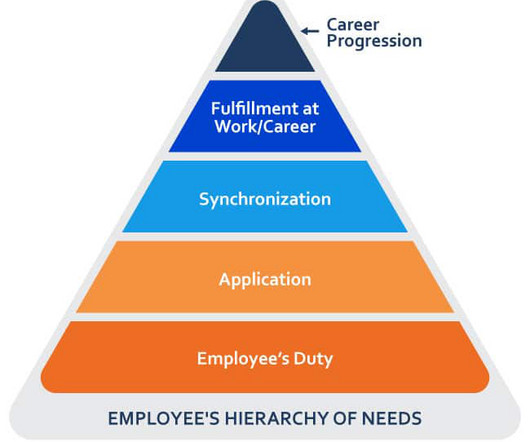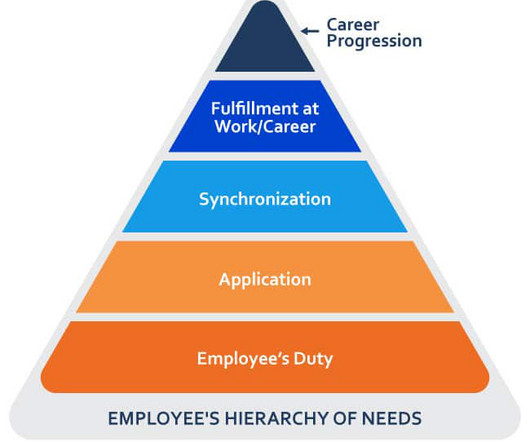7 Training Programs to Boost Your Employee Development Goals
Training Orchestra
AUGUST 7, 2023
The Employee’s Hierarchy of Needs In any Intro psychology course, you’ve more than likely come across Maslow’s Hierarchy of Needs. But let’s take the idea of achieving Maslow’s goal of self-actualization and reframe it to the role of the employee within an organization.















Let's personalize your content